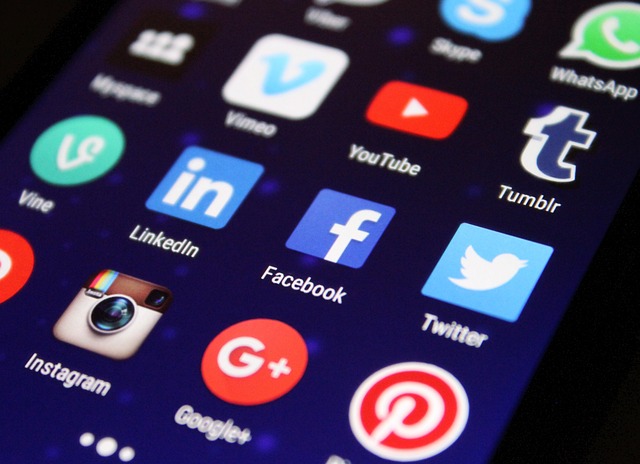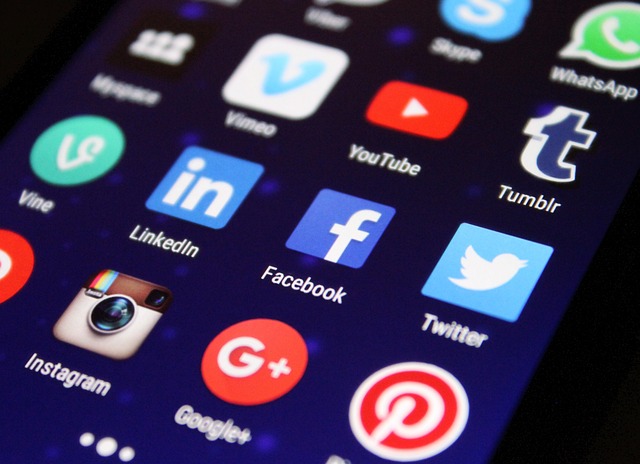Unveiling the Addictive Nature of Social Media Algorithms
In today’s digital age, it’s nearly impossible to imagine life without social media. From scrolling through endless feeds to engaging in discussions and sharing moments, platforms like Instagram, TikTok, and Facebook have woven themselves into the fabric of our daily routines. However, there’s a hidden force driving much of our engagement: social media algorithms. These algorithms do more than just organize content—they subtly manipulate attention, reinforcing behaviors that can border on addiction.
The Invisible Hand: How Social Media Algorithms Work
At a glance, social media seems like an open platform where users control what they see and post. Yet beneath the surface, sophisticated social media algorithms carefully curate every feed based on behavior, preferences, and interaction patterns. Their primary goal? To keep users hooked for as long as possible.
Every like, comment, and even a brief pause on a post sends signals to these algorithms, which then prioritize similar content to maximize engagement. This cycle creates a personalized experience that fosters constant scrolling and repeated visits.
The Impact on Mental Health
While social media offers connection and entertainment, its addictive design can take a toll on mental well-being. Research increasingly links extended use influenced by social media algorithms to feelings of anxiety, depression, and loneliness. The constant influx of curated content often leads to unhealthy comparisons, fear of missing out (FOMO), and decreased self-esteem.
Moreover, the unpredictable rewards—such as likes or new followers—trigger dopamine responses similar to those found in other behavioral addictions. This neurological effect can make it incredibly challenging to disengage, even when users recognize the negative impact on their lives.
Recognizing Addiction and Finding Balance
Many people don’t realize the extent to which social media algorithms shape their online behavior. Feeling a loss of control or noticing time spent online creeping higher are common signs of problematic use. Recognizing these patterns is the first step toward regaining balance.
Practical steps can include setting app timers, curating your feed to focus on positive content, and designating tech-free times during the day. Being intentional with social media use empowers users to enjoy the benefits without falling prey to addictive loops.
Looking Ahead: The Role of Platforms
With growing awareness of the addictive potential embedded in social media algorithms, there’s a push for platforms to take responsibility. From transparency about how algorithms operate to offering tools that encourage healthier usage patterns, steps are being taken to mitigate harm.
As consumers, staying informed and critical of how we interact with social media is key. Understanding the mechanics behind the screens can help us reclaim control over our time and mental space.




